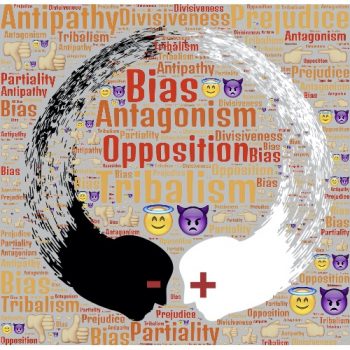“Alterations of fire: first sea, but of sea half is earth, half is lightning-storm” (S 31a; cp. DK, R 31a, K 38, LM D86, W32).
This passage reads nearly Hegelian at first glance. The opposite of fire is water, that which can extinguish it. Here Heraclitus speaks of “sea.” For its part, sea can be seen as drying up, leaving behind earth. We can see these processes or elements as conceptually interlinked. What is perhaps surprising is what there is no talk of air. Doesn’t water evaporate into air? There is some debate about whether Heraclitus recognized all four elements or only three. (For Kahn’s excellent commentary on this see 139ff.) In any case, here air is not mentioned. Instead, there is talk of “lightening-storm.”
We can imagine the allure that lightening storms would have had for Heraclitus. For one, the lightening rod is the symbol of Apollo. So, here we see another dialectic at play — the heavenly and the earthly. Heaven and earth are connected at an elemental level. Storms show a unity of heaven and earth. Earth’s waters, which have been recycled into heaven’s — as they have evaporated — are returned to earth. Lightening storms in fact rain down two of the elements upon the earth. Water falls from the sky. Fire also bolts down. The water enlivens the earth, which the fire eventually can burn. The fire in any case represents the continual transformation of earth (here heaven directed).
Robinson points out that ancient Greeks had a view that the fire of the sky (aether) was of a different, more refined type of matter than the fire of the earth. On Robinson’s reading Heraclitus views it as the Urstoff from which the heavens were made (see Robinson, 97). Perhaps it should be identified with heat (see Robinson, 92ff.). Heat, as if from the fireball of the sun, bears down on the earth, drying up water.
Robinson’s views on this take place against the backdrop of a long controversy in Heraclitus scholarship about whether the elements all emerge from fire and continually change, or whether there are a stable invariant number and mass of elements in the world, and fire just passes through them. This is of interest for understanding ancient science.
However, I am interested here in following Gernot and Harmut Boehme in Feuer, Wasser, Erde, Luft and focusing on the metaphorical value of the discussion of the elements. Metaphorically viewed, fire is the ideal element for expressing change that characterizes the process of life itself. It is born of the death of the objects consumed as it continually recreates itself. It gives off smoke signals to the heavens from which fire was bequeathed to us — earth, transformed as air (smoke), rejoining with heaven. Apollo, the thunderbolt, who steers all things (F119), joins the earthly and the heavenly, the human and the divine, as he steers earth’s process of becoming.
